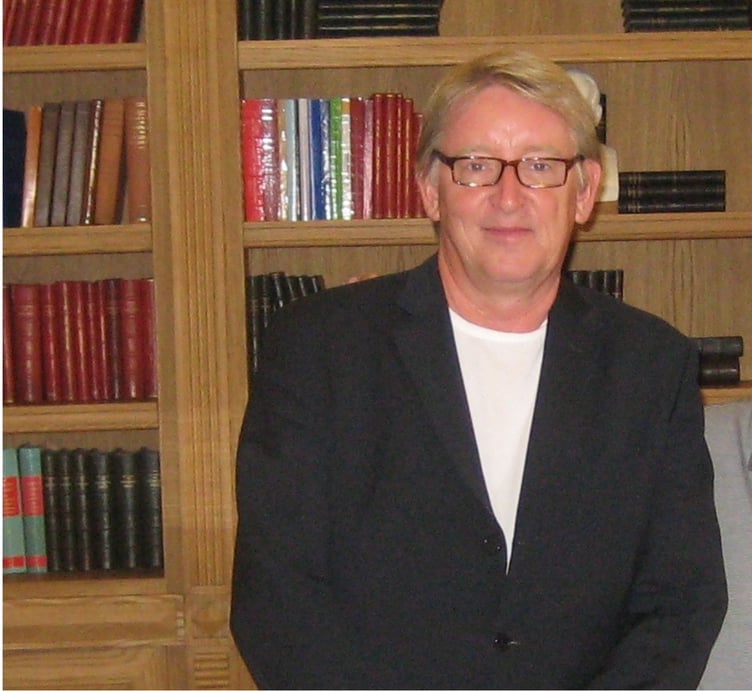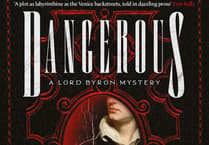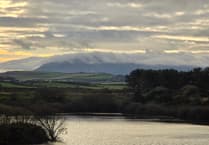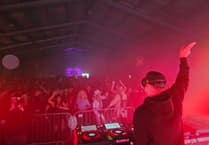Gold and ivory sculptures including the cult statue of Athena in the Parthenon in Athens will be the subject of the first Arts Society lecture of the year.
Visiting art historian, writer and art consultant Dr Tom Flynn will present the talk on chryselephantine art at the Manx Museum, in Douglas, on Tuesday next week (January 16).
Tom’s illustrated talk, ‘Gold & Ivory: Mixed Media Sculpture’ will explore how the great colossal chryselephantine (gold and silver) cult statue of Athena in the Parthenon, sculpted by the Athenian sculptor Phidias in the mid-fifth century BC, had a profound impact on later mixed media sculpture.
It was an offering from the city of Athens to Athena. The naos of the Parthanon on the acropolis of Athens was designed exclusively to accommodate it, standing at almost 12 metres high.
It was mounted on a rot proof Cypress wood frame and a team of craftsmen then constructed it from thin scrolls of ivory prepared using a technique mastered by Phidias to soften and shape it like wax. The statue was draped with gold.
The talk traces the use of the chryselephantine technique from its appearance in antiquity in the form of the Athena Parthenos to the rediscovery of the technique by Quatremere de Quincy in the late 18th century to the appearance of a small scale recreation by Pierre-Charles Simart for the Paris International Exhibition of 1855.
More controversially the technique appears again in Brussels in 1897 where Art Nouveau sculptors were encouraged to use ivory harvested from the Belgian Congo for the International Exhibition in Tervuren. Antwerp was the first ivory market in Europe due to their connection with the Belgian Congo.
Harry Bates, an English sculptor created sculptures using marble, ivory and bronze, famously his sculpture of Pandora carved in marble holding the box carved from ivory and decorated with bronze. This was exhibited in 1891 at The Tate.
Tom holds a first class honours degree in Art History from Sussex University, a Masters in Design History from the Royal College of Art and a Doctorate from the University of Sussex.
He has a wide and an eclectic interest in the field of art and gives lectures both in the UK and in Europe.
The lecture starts at 11.30am on Tuesday.
Entry is free to members and £10 on the door for non-members.





Comments
This article has no comments yet. Be the first to leave a comment.